
How to Use ADUM150N1BRZ: Examples, Pinouts, and Specs
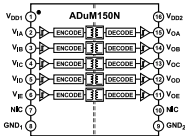
 Design with ADUM150N1BRZ in Cirkit Designer
Design with ADUM150N1BRZ in Cirkit DesignerIntroduction
The ADUM150N1BRZ is a digital isolator manufactured by Analog Devices. It provides galvanic isolation between two circuits, enabling safe data transfer while protecting sensitive low-voltage components from high-voltage surges. This component uses Analog Devices' iCoupler® technology, which ensures high-speed data transmission with low power consumption.
Explore Projects Built with ADUM150N1BRZ
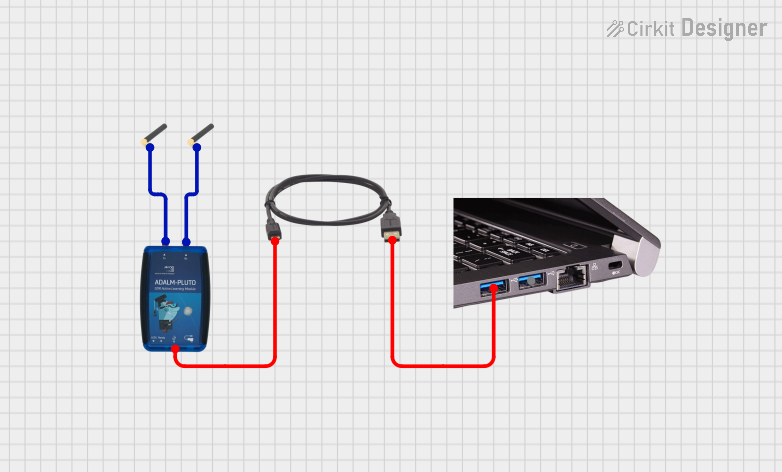
 Open Project in Cirkit Designer
Open Project in Cirkit Designer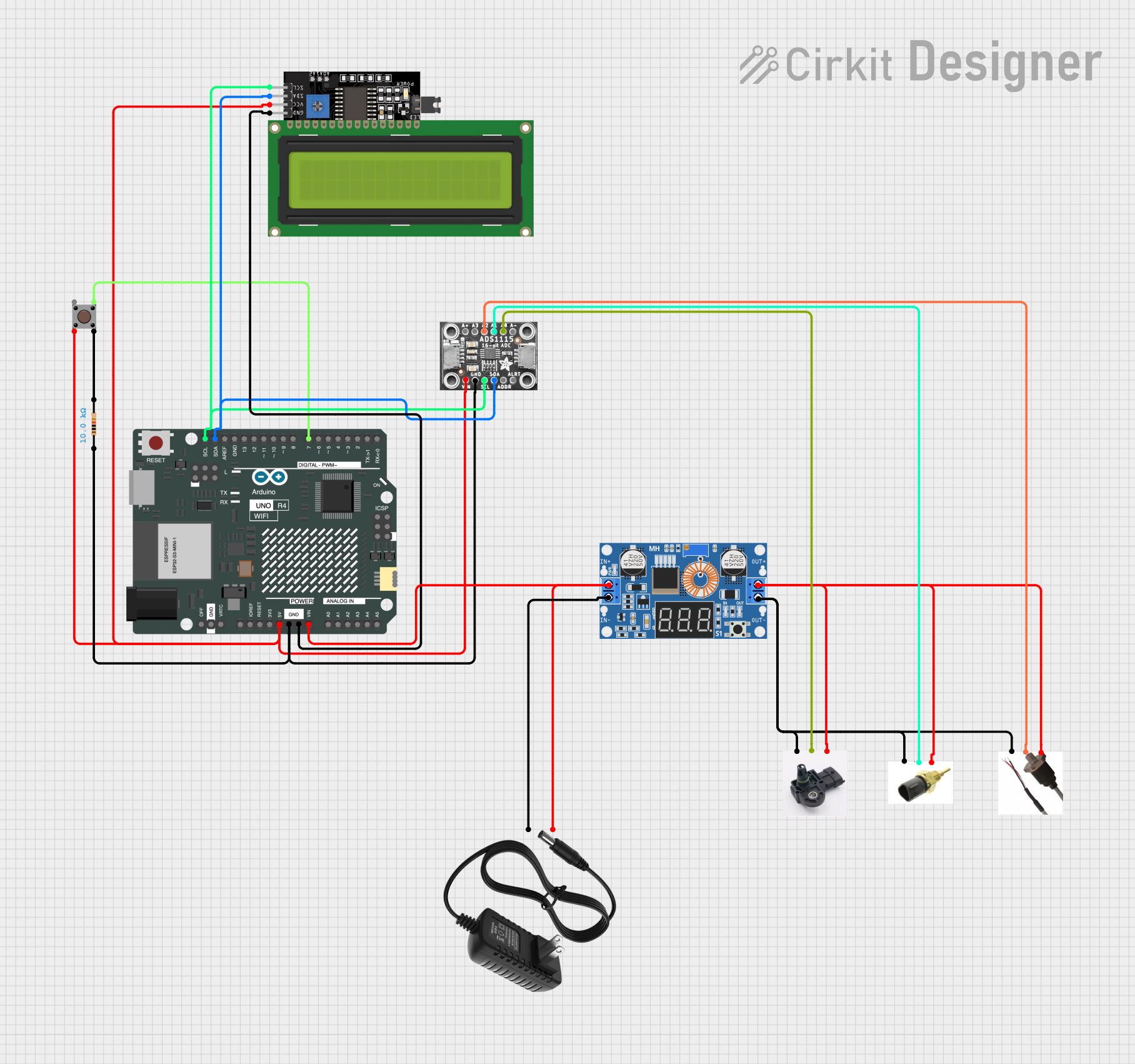
 Open Project in Cirkit Designer
Open Project in Cirkit Designer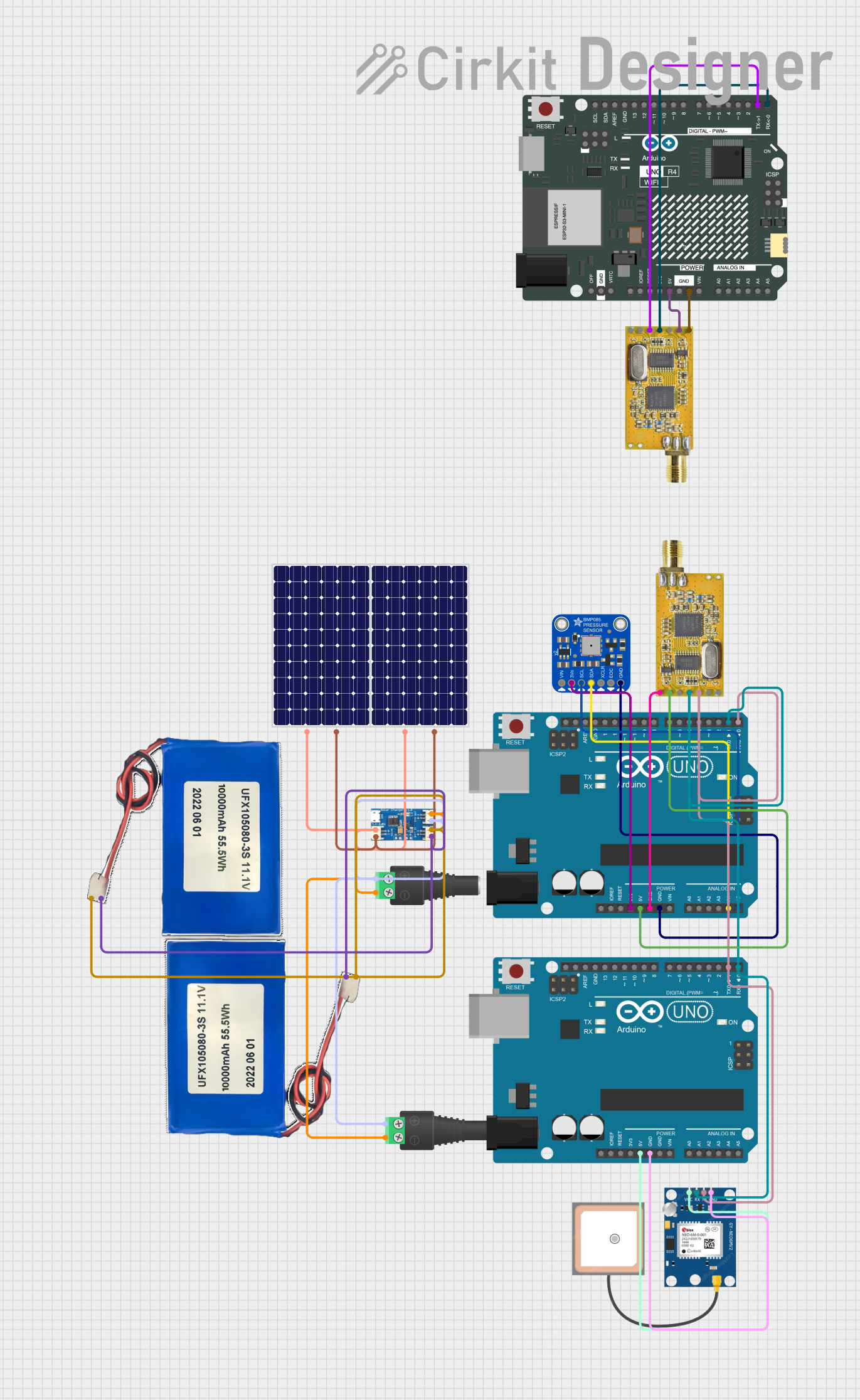
 Open Project in Cirkit Designer
Open Project in Cirkit Designer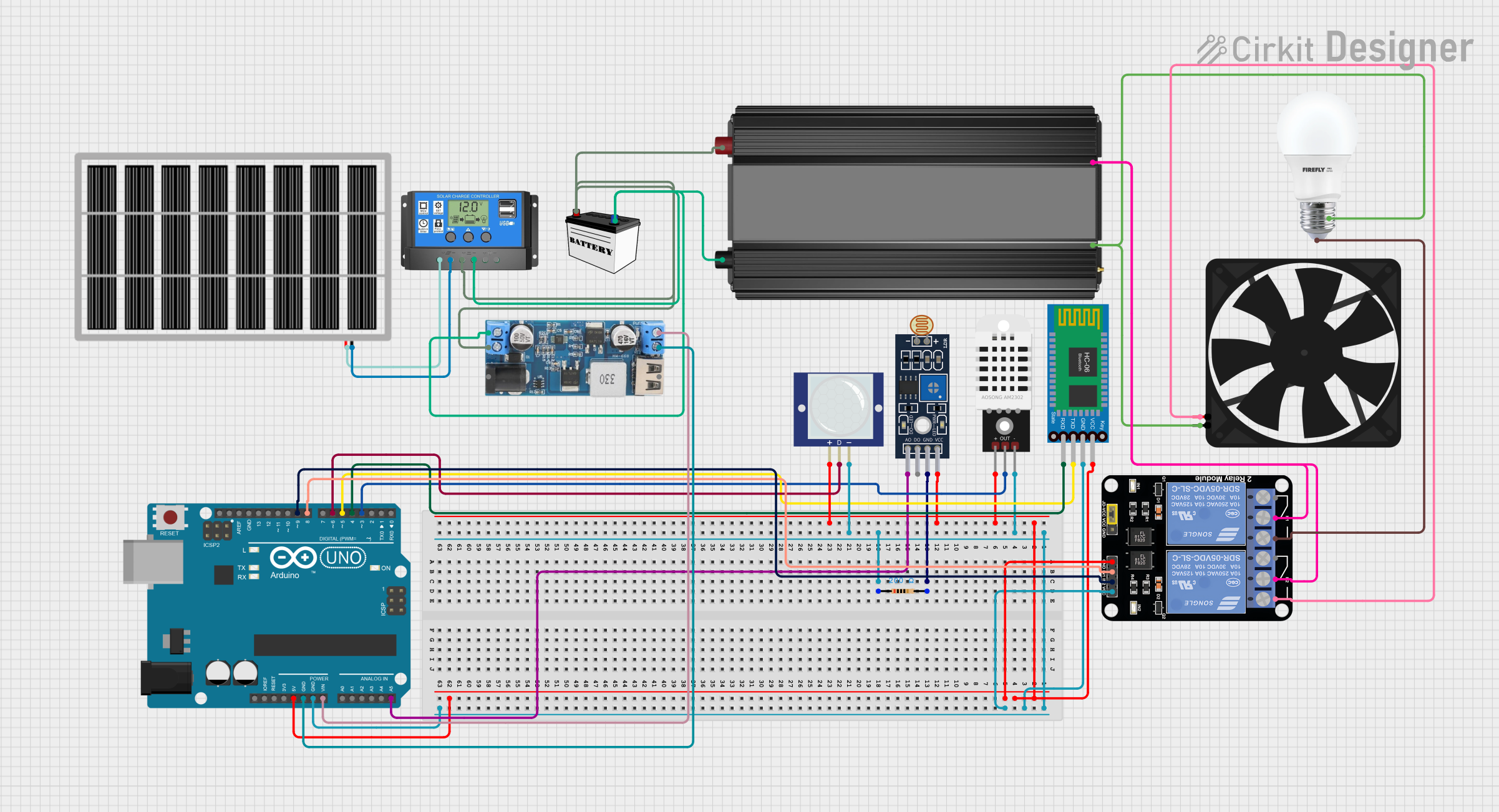
 Open Project in Cirkit Designer
Open Project in Cirkit DesignerExplore Projects Built with ADUM150N1BRZ

 Open Project in Cirkit Designer
Open Project in Cirkit Designer
 Open Project in Cirkit Designer
Open Project in Cirkit Designer
 Open Project in Cirkit Designer
Open Project in Cirkit Designer
 Open Project in Cirkit Designer
Open Project in Cirkit DesignerCommon Applications and Use Cases
- Industrial Automation: Isolating control systems from high-voltage machinery.
- Medical Devices: Ensuring patient safety by isolating sensitive electronics.
- Communication Systems: Protecting data lines in noisy or high-voltage environments.
- Power Supplies: Isolating feedback loops in switched-mode power supplies (SMPS).
Technical Specifications
The following table outlines the key technical details of the ADUM150N1BRZ:
| Parameter | Value |
|---|---|
| Isolation Voltage | 3 kV RMS |
| Data Rate | Up to 10 Mbps |
| Supply Voltage (VDD1, VDD2) | 3.0 V to 5.5 V |
| Propagation Delay | 50 ns (typical) |
| Power Consumption | 1.0 mA per channel (typical) |
| Operating Temperature Range | -40°C to +125°C |
| Package Type | 8-lead SOIC (Narrow Body) |
Pin Configuration and Descriptions
The ADUM150N1BRZ is an 8-pin device. The pin configuration and descriptions are as follows:
| Pin Number | Pin Name | Description |
|---|---|---|
| 1 | VDD1 | Supply voltage for side 1 (3.0 V to 5.5 V). |
| 2 | GND1 | Ground for side 1. |
| 3 | IN1 | Data input for side 1. |
| 4 | IN2 | Data input for side 1. |
| 5 | OUT2 | Data output for side 2. |
| 6 | OUT1 | Data output for side 2. |
| 7 | GND2 | Ground for side 2. |
| 8 | VDD2 | Supply voltage for side 2 (3.0 V to 5.5 V). |
Usage Instructions
How to Use the ADUM150N1BRZ in a Circuit
- Power Supply: Connect VDD1 and VDD2 to separate power supplies (3.0 V to 5.5 V). Ensure that GND1 and GND2 are isolated from each other to maintain galvanic isolation.
- Data Input/Output: Connect the data signals to the IN1 and IN2 pins on the input side. The corresponding outputs will appear on OUT1 and OUT2 on the isolated side.
- Bypass Capacitors: Place decoupling capacitors (e.g., 0.1 µF) close to the VDD1 and VDD2 pins to reduce noise and ensure stable operation.
- PCB Layout: Maintain sufficient spacing between the high-voltage and low-voltage sides to prevent arcing or breakdown.
Important Considerations and Best Practices
- Isolation Voltage: Do not exceed the rated isolation voltage of 3 kV RMS.
- Data Rate: Ensure that the data rate does not exceed 10 Mbps for reliable operation.
- Thermal Management: Operate the device within the specified temperature range (-40°C to +125°C) to avoid thermal damage.
- Signal Integrity: Use short and direct traces for data lines to minimize signal degradation.
Example: Connecting the ADUM150N1BRZ to an Arduino UNO
The ADUM150N1BRZ can be used to isolate an Arduino UNO from a high-voltage circuit. Below is an example of how to connect and program the device:
Circuit Connections
- Connect VDD1 to the Arduino's 5V pin and GND1 to the Arduino's GND pin.
- Connect IN1 to a digital output pin on the Arduino (e.g., D2).
- Connect VDD2 to the high-voltage circuit's power supply and GND2 to its ground.
- OUT1 will output the isolated signal to the high-voltage circuit.
Arduino Code Example
// Example code to send a digital signal through the ADUM150N1BRZ
const int signalPin = 2; // Pin connected to IN1 of ADUM150N1BRZ
void setup() {
pinMode(signalPin, OUTPUT); // Set the signal pin as an output
}
void loop() {
digitalWrite(signalPin, HIGH); // Send a HIGH signal
delay(1000); // Wait for 1 second
digitalWrite(signalPin, LOW); // Send a LOW signal
delay(1000); // Wait for 1 second
}
Troubleshooting and FAQs
Common Issues and Solutions
No Output Signal on OUT1/OUT2:
- Cause: Missing or incorrect power supply connections.
- Solution: Verify that VDD1 and VDD2 are powered correctly and that GND1 and GND2 are isolated.
Signal Distortion or Noise:
- Cause: Poor PCB layout or missing decoupling capacitors.
- Solution: Add 0.1 µF decoupling capacitors close to VDD1 and VDD2. Ensure short and direct traces for data lines.
Device Overheating:
- Cause: Operating outside the specified voltage or temperature range.
- Solution: Check the supply voltage and ambient temperature. Ensure they are within the specified limits.
Isolation Breakdown:
- Cause: Exceeding the rated isolation voltage.
- Solution: Ensure that the voltage difference between GND1 and GND2 does not exceed 3 kV RMS.
FAQs
Q1: Can the ADUM150N1BRZ be used for bidirectional communication?
A1: No, the ADUM150N1BRZ is designed for unidirectional data transfer. For bidirectional communication, consider using other isolators from Analog Devices that support bidirectional operation.
Q2: What is the maximum distance between the isolated sides?
A2: The maximum distance is determined by the PCB layout and the isolation voltage rating. Ensure sufficient spacing to maintain isolation integrity.
Q3: Can I use the ADUM150N1BRZ with a 3.3 V system?
A3: Yes, the ADUM150N1BRZ supports supply voltages from 3.0 V to 5.5 V, making it compatible with 3.3 V systems.